Opinion: We need to be more specific about what 'gravel' is
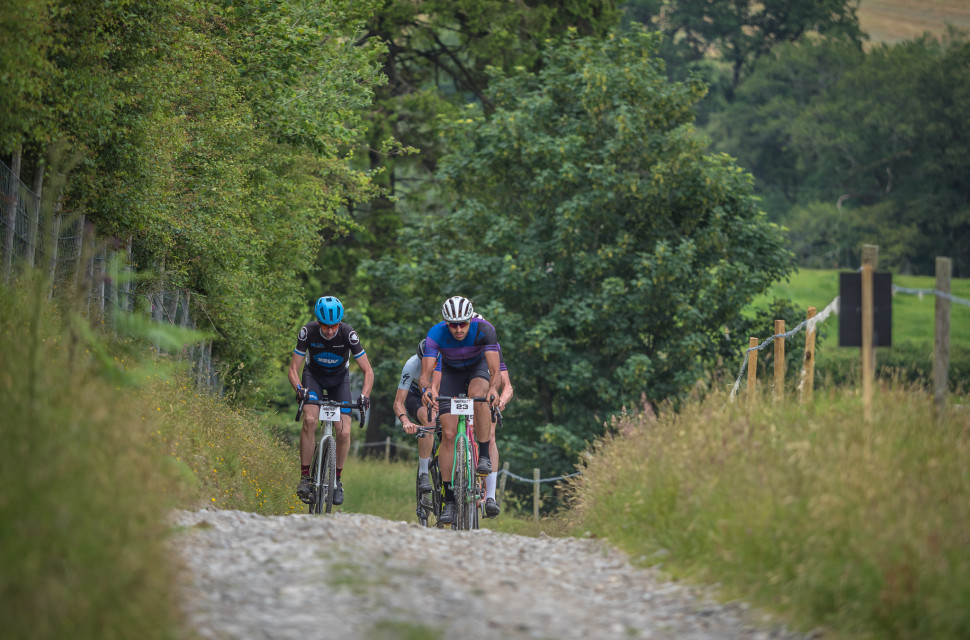
When is gravel not gravel? Pretty much all the time, according to writer (and organiser of races such as Gritfest) Matt Page, who reckons that, much like the many subgenres of mountain biking, we need to start being more specific about what sort of gravel riding - or bike - you mean. Let him explain:
- The best gravel bikes we've tested that you can buy and get shipped to your door
- The 11 gravel-specific products you never knew you needed
- The best titanium gravel and adventure bikes you can buy
Whether you think gravel is just a fad, the best thing since sliced bread or you have been riding it for longer than its had a name, this area of cycling has become the main talking point recently, with almost every brand now producing a bike or kit –we even have gravel-specific bar tape (such as from fizik) or shoes (from many people).
It is certainly the case that some riders have been taking drop-barred bikes off-road for decades with the Roughstuff Fellowship and of course cyclocross racing which has been around almost as long as bikes themselves, but certainly, since disc brakes have become widespread this area of off-road, drop-barred riding has started to boom. Now almost every major cycle manufacturer making some form of gravel bike with its own interpretation of what riders want, is it now time to sub-divide the category?
Mountain biking, for example, can be split into several generally accepted categories. From cross-country race through trail, all-mountain, enduro and downhill there are defined categories for different styles.
If someone were to ask “what mountain bike should I buy?” you can be certain one of the first comments will be “what type of riding do you do?”. It's for good reason too, as one rider might be happy to pedal a longer travel bike uphill to make more of the downhill, for another rider the opposite might be true. Road riding also has separate categories with race, endurance, urban and touring just a few.
The same is true of gravel bikes as the extremes are moving further away rapidly. Take the Evil Chamois Hagar. When compared to a Scott Addict Gravel, both are categorised as 'gravel bikes' and neither incorrectly but they are designed for vastly different riding styles.
Recommend a Specialized Sequoia to someone who wants to be competitive in some gravel races and they probably won't be too happy and vice versa is true as well. I don't think a rider looking to do some serious bikepacking would be happy with a lightweight carbon bike with fast, potentially fragile tyres.
What does 'gravel' mean to you? Is it simply the ability to get off a surfaced road, fit a wider more comfortable tyre or are you looking to take on rougher byways and bridleways but make the riding between or from home a little easier than on a mountain bike. Perhaps the modern mountain Bike has sanitised riding too much as you want something to remember that feeling when you first started?
So can we now start to sub-divide the category? Not as some kind of industry-led money-making venture, but to genuinely help riders identify the right type of bike for the riding and places they want to go. The category names are not that important, although there are already some ideas out there – Groad, Gnarvel and just about any play on the G letter in front. Your suggestions and ideas are welcome, but here are mine.
- All-road – Essentially those road bikes that can fit a larger tyre, around 35-38mm and handle a bit of rougher riding, but generally bikes designed more for surfaced roads.
- Race – Gravel events and races are growing in popularity and while all bikes and styles can enter, those who are looking to be competitive will be after something light and stiff. They will be capable of more than just racing of course, but this is where speed is a priority.
- Gravel – Try as I might, I can't think of a better name, but for all those in the wider central category that suits the majority of frames and bikes out there. While some will lean into other categories and some capable of crossing more than one, these are bikes that haven't been designed to be too specific, in keeping with the general idea of gravel when it started to become so popular a few years ago.
- Adventure – Bikepacking, longer rides, touring. The ability to carry lots and stand up to some punishment. A wider gear range or at least the ability to run a smaller lowest gear could be an important consideration.
- Hardcore – The name is taken from the world of aggregates where hardcore is generally larger chunks and that is exactly what these bikes are designed for. There are a smaller but growing number of bikes that prioritise downhill fun. Dropper posts, wider 45mm+ tyres and a slacker riding position that has more in common with mountain bikes than anything else.
Is this a pointless exercise or do you also think we need to start thinking a little more to help categorise all the new bikes and kit coming out? Let us know.
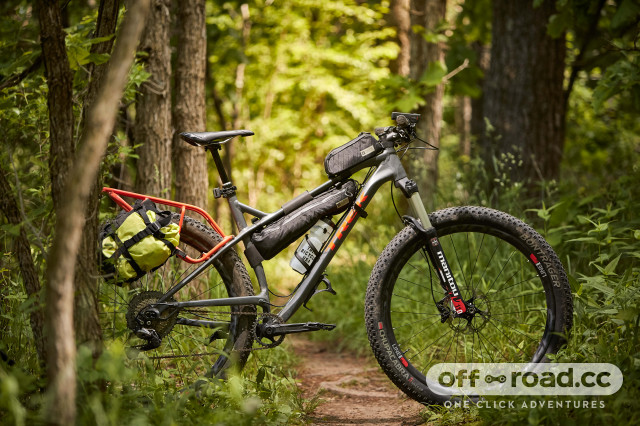



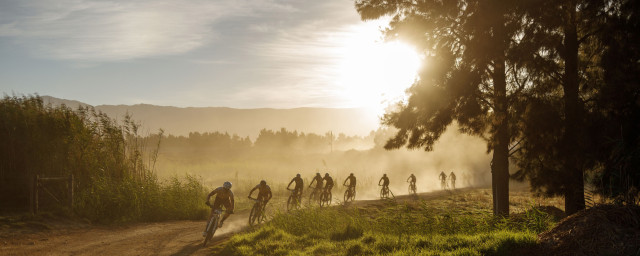
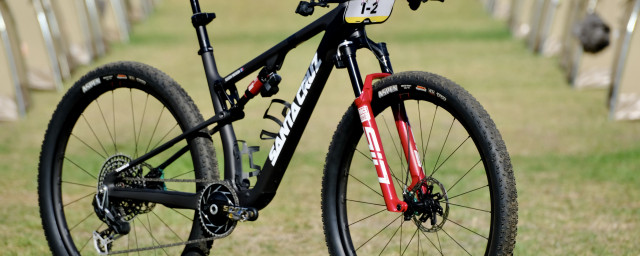


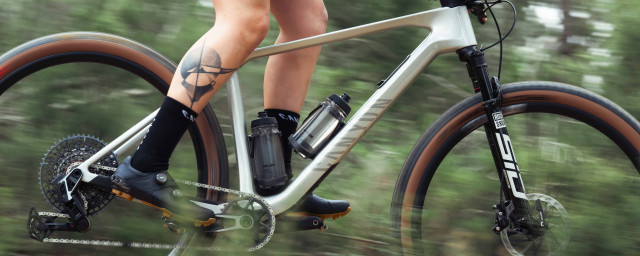
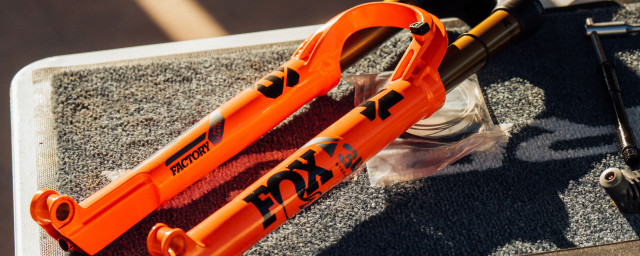
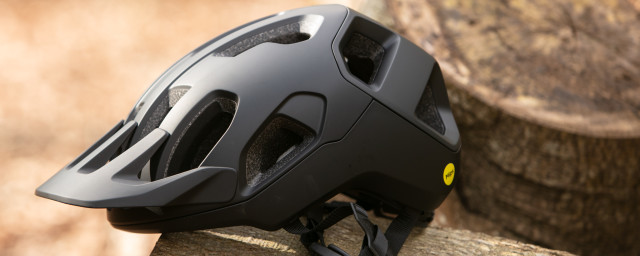
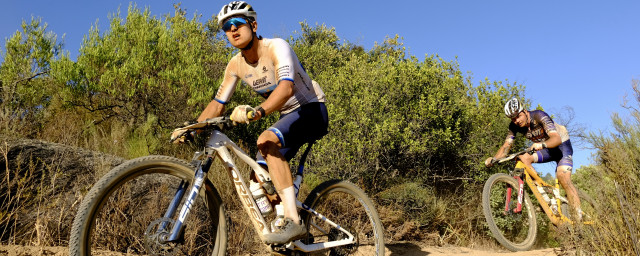
9 comments
So yes: yes there is scope to start niching. And I broadly agree with the categories - except that I'd say there are differences between a 'gravel race' (long distance, unsealed paths but mostly dry, the sort of thing the Americans do), 'adventure racing' (may be on or off road, even longer distances, multiple days, you'd better have at least rudimentary carrying ability), and CX races (short, fast, almost certainly muddy). Adventure racing is not the same as Touring/Bikepacking.
If anything the problem is that in the UK, as soon as you get to September, most bridleways and other non-tarmac routes turn into a mudbath. I found myself on a lane that was literally unridable, six inches deep in fallen leaves and mud a while back... do we need to accept that actually 'gravel' is a spring/summer sport, and the rest of the time what we're actually doing is XC riding on a bike that's not perfectly suited to it? And when the paths are dry, I've always been a big fan of slick tyres on my CX bike and just 'send it'...
I've just picked up a hard tail for muddy farm tracks and badly surfaced cobbled roads during the winter. Much more appropriate than my usual Domane which I have both a set of robust wheels running 35mm and some carbon deep sections running 28mm for fast road riding. I changed the mtb tyres for a racing ray/ralph combination and as I'm doing nothing too technical (they seem to cope with most mud ok by the time the side knobs dig in), I'm having great fun during a winter season where I'd normally be inside on the turbo. There seems to be a general trend to push gravel as a 'do it all' bike when at least for me the compromises were just a little too big. Plus, you know, two bikes
Well, that escalated quickly. Less than a year on and I'm now on a hardtail MTB. Still running that on skinny (47mm) tyres in the non-muddy months and my riding has switched almost exclusively to the local trails and longer cross country routes. Not many road miles at all as a result so a 100mm travel hardtail running Deore M5100 (primarily) is doing the job for me. Feels like such a bike is the logical end-point for most UK gravel riders. Unless you're living in an area with tens of miles of uninteruppted flat gravel (well, hello, Perthshire Gravel Project) a well-specced hardtail MTB (probably an XC bike if you're really serious) is much more versatile than a drop bar gravel bike. If you happen to do a lot of road miles on it, run Road Plus tyres and equip it with (whispers) Ergon grips and bar ends
Having not bought a new bike for almost 3 years, I'm finding the market even more confusing these days.
To me, a gravel bike is a cross between a road bike and a cyclocross bike. Able to ride pretty fast on-road, but also able to ride on dry unmade surfaces such as forest fire-roads and canal towpaths.
i think that having looked at gravel bikes, they are almost the sort of bike that I would ride as my main road bike, if only because of the poor state of some rural roads where it can sometimes have a loose layer of sandy, gravelly debris.
once all this lockdown is over, I'm going to have to have a big rethink of my bikes and do some test rides!
Echo that comment about the road bike feeling 'fast as ....' after riding the gravel bike. Mine's 650b 1x, not fast but capable and reasonably comfy over the rough stuff. Bought for exploring and carrying loads, and does both well without beating me up. Road bike for fast blasts.....but sometimes now wearing some gravel bike luggage if need to carry a few bits and pieces on a longer trip. Thinking about it the road bike is disc brake and takes wider tyres, so for me the lines do blur...
Agreed. Roughly they split into;
Mad fast carbon stuff like that cervelo aspero
Down the middle, basically a roubaix bike with lots of clearance, like the gt grade, grail, giant revolt
Adventure bike, so anything slow and made of steel with massive tires and racks everywhere
I go with
- Gravel - for bikes intended to be ridden on American style gravel roads and similar. They typically run 700c, they are almost as fast as road bike, cope with rough roads a bit better but do not usually have huge mud clearance. In the UK they are suitable for most canal paths, unsurfaced NCN's and very carefully chosen bridleways, especially when it's muddy.
- Monster CX - Depending on persuasion; what CX bikes would have become if it wasn't for UCI rules, or like an old skool MTB but with drop bars and no cush. Good mud clearance, large tyres and quite often 650B wheels. Sacrifice a bit of on-road or good "gravel" speed for being able to cope with much rougher terrain. It might not be pleasant all of the time, but big tyres and mud clearance means they will cope with almost all UK bridleways and tracks most of the year.
Both come in lightweight "race", heavier, commuter friendly "all-road" and touring/"adventure" variants with lots of bosses etc. Some can switch between categories by changing the wheels and tyres. Simples
Lol! There's still enough purists out there furrowing their brows trying to comprehend why we even need a sub-category for 'gravel' since apparently people have been taking touring bikes and hybrids off road for decades.
Adding further nuance will probably make a few heads explode...
For the riding I do I need something that will be OK to ride on tarmac for 1-5 miles until I get to the off-road sections of the ride. And those sections are everything from packed down large-grain gravel, deeper loose marble-sized stuff, sand, and various levels of mud from treacle to slurry. Generally quite wide tracks rather than weaving through trees under branches. Also generally quite flat with long swooping descents. I need on-bike storage because I hate riding with a backpack. And (showing my roadie roots) I need mudguards to keep me and the bike less filthy.
The happy medium I've found is a drop bar road bike on 650B meaning I can fit, for example, 47mm WTB Senderos, run them tubeless, and still have room for mudguards. If I was starting this journey again I think I'd probably size down the frame at least one size or find one with an aggressive sloping geo so I could make use of a dropper. And perhaps go 1x. 650B is the key for me - wider tyre, aggressive tread available, lower pressures, doesn't make the road sections tedious. Senderos for winter or the less extreme Byway for the summer seem to be the happy compromise.
The unexpected benefit of this for me is making my road bike feel like an absolute rocketship, even though it's a steel bike on 28s